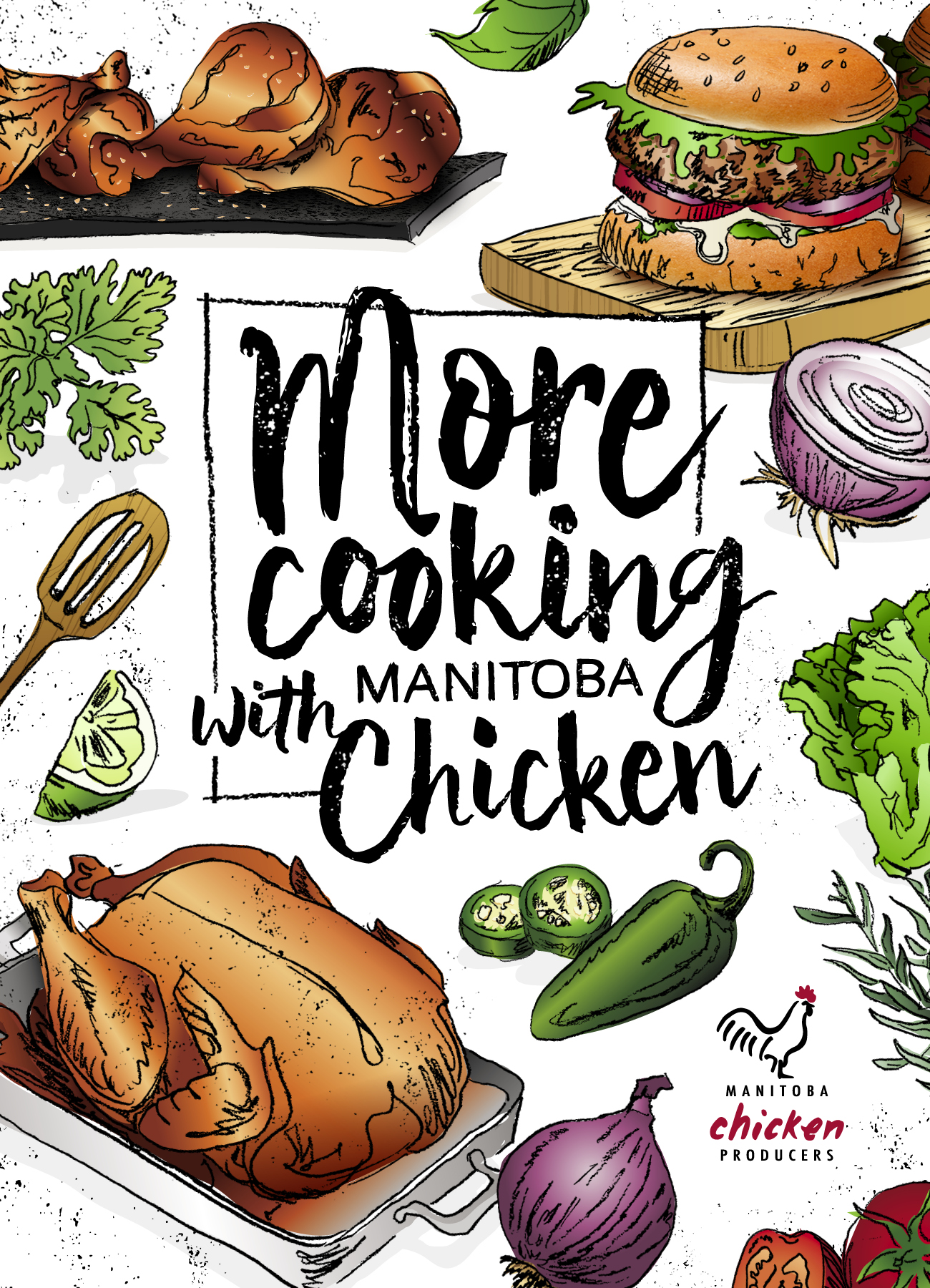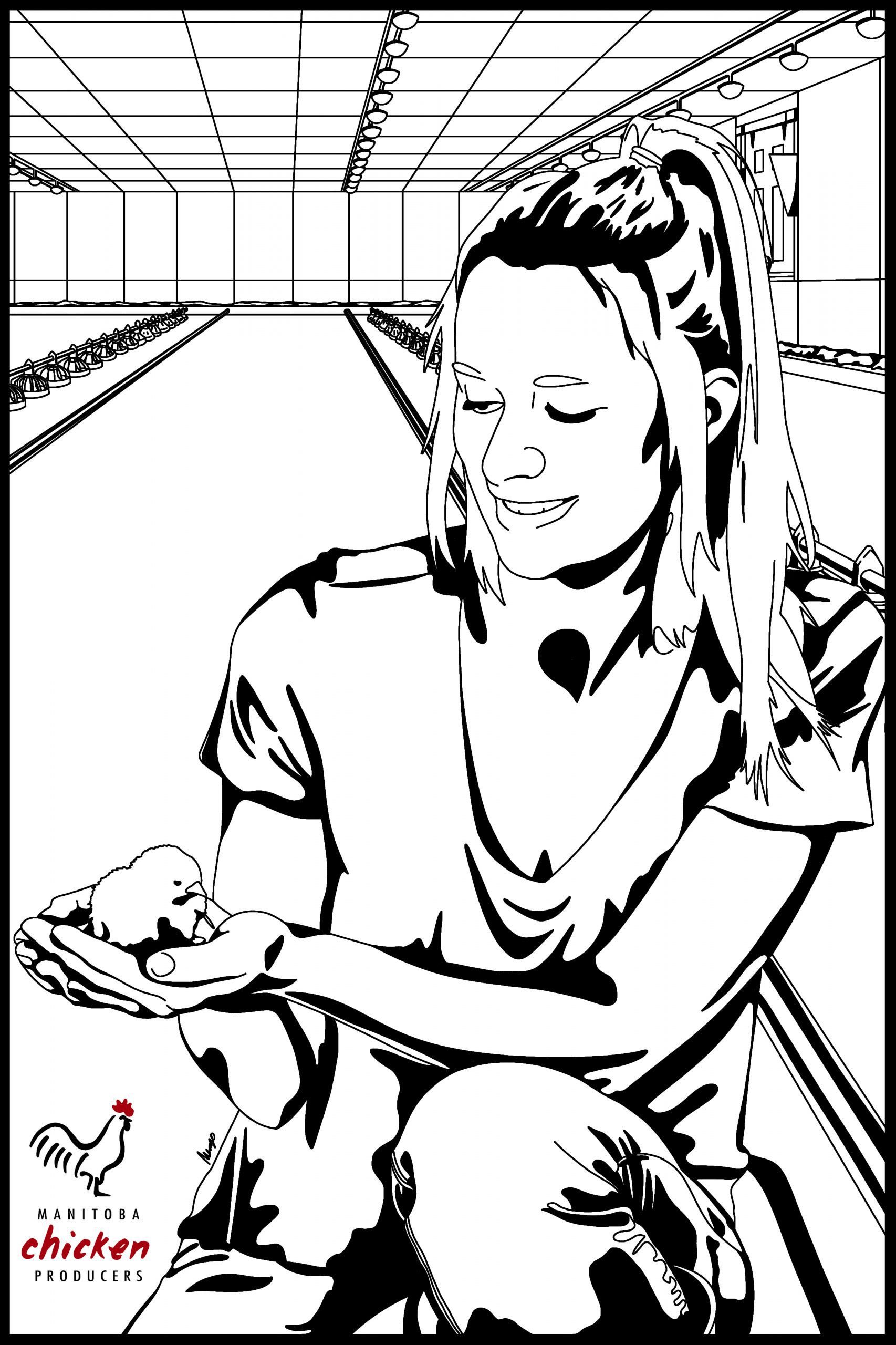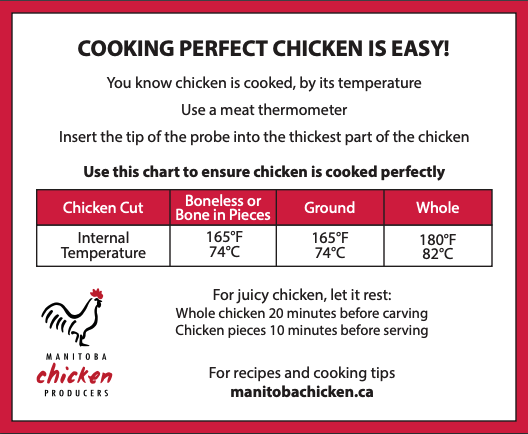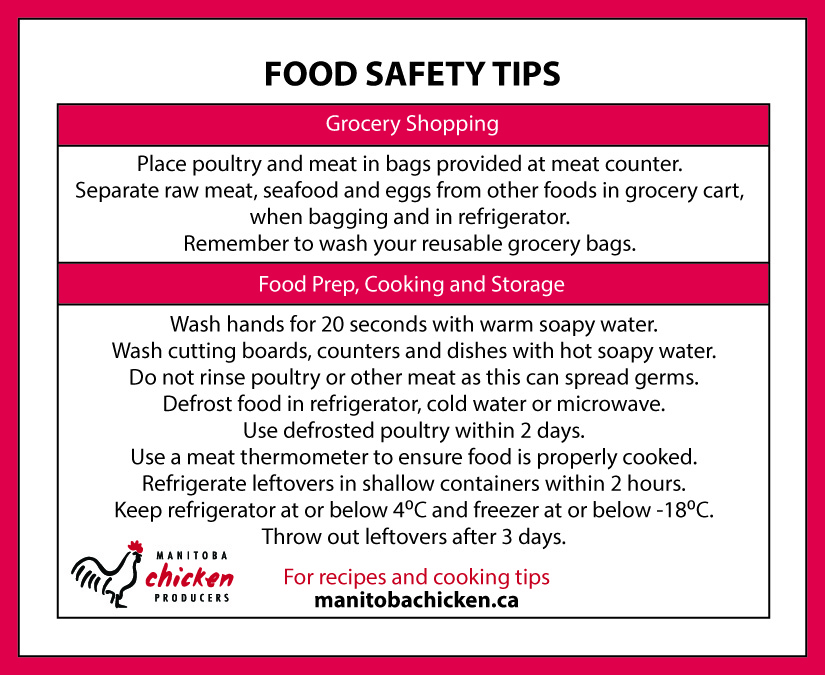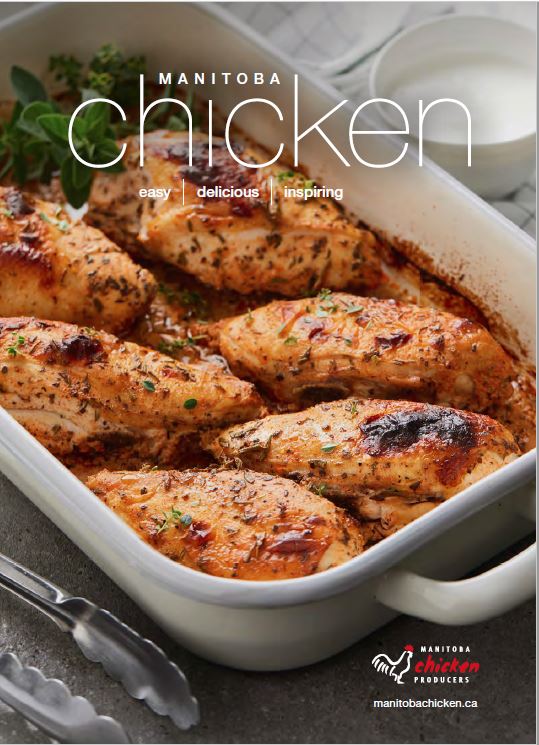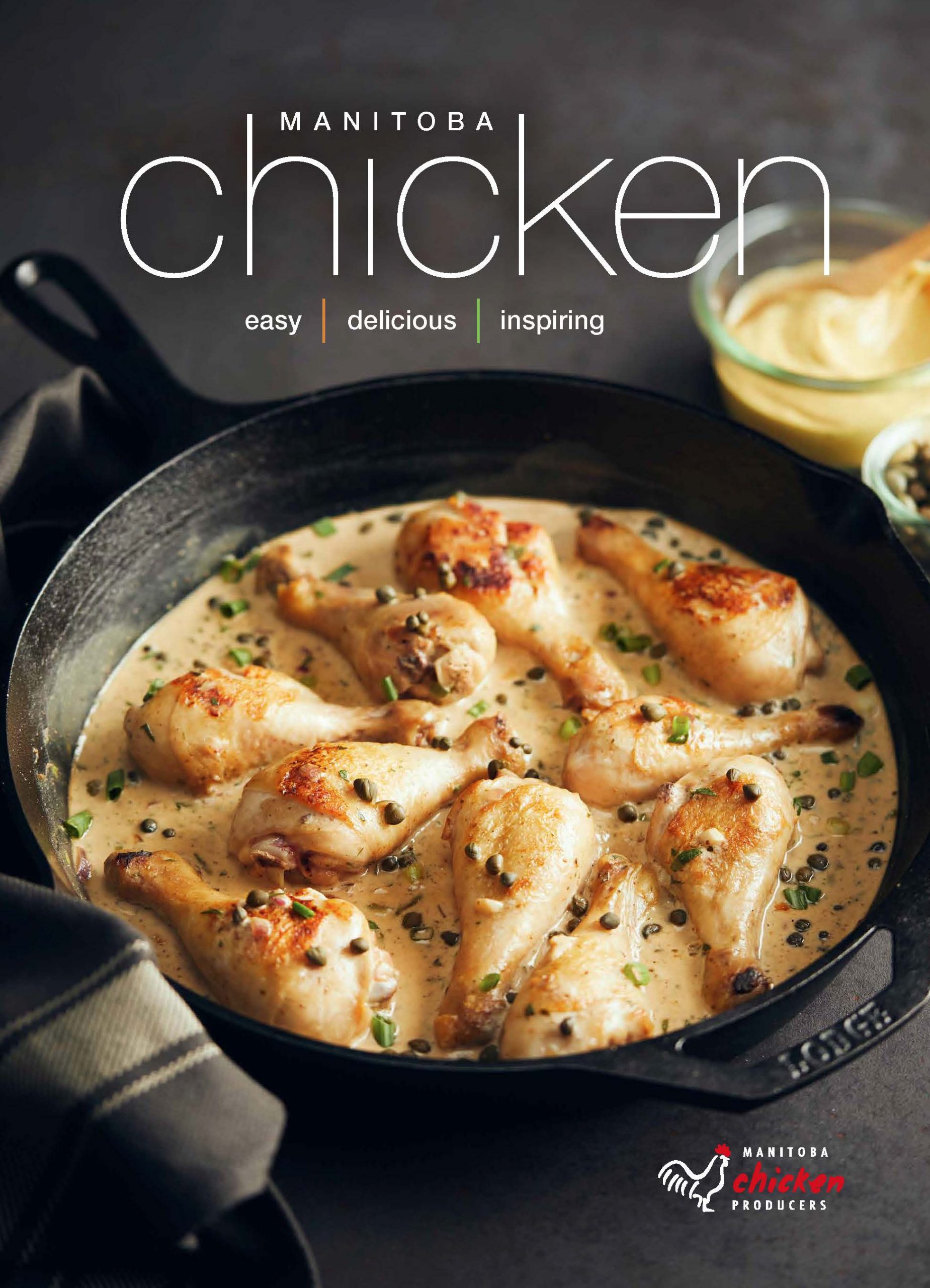How long does raw chicken last in the fridge or freezer?
How you store and for how long you store chicken is very important for keeping your food safe. When freezing chicken, always label it so you know how long it’s been in your freezer.
Storage Chart
Note: Fresh packages of chicken also have a “Best Before” date on the package. This date indicates that the chicken should be cooked by this date or frozen before the date has surpassed.
| TYPES OF CHICKEN | KEEPS IN FRIDGE | KEEPS IN FREEZER |
| Ground chicken | 1-2 Days | 3 Months |
| Whole chicken | 2-3 Days | 12 Months |
| Chicken pieces | 2-3 Days | 6 Months |
Storage tips:
- Keep your fridge temperature between 40F (4C) and 32F (0C).
- Keep your freezer temperature below 0F (-18C).
- When you get home from the store, place packaged chicken into the meat compartment or on an edged plate or pan on the bottom shelf of the refrigerator, so juices do not drip onto other foods.
- If you won’t be using ground chicken within 2 days, freeze it.
- If you buy large family packs, divide chicken into individual or meal-size portions. Wrap for the freezer and label with the date, type of chicken, and approximate weight of each package or number of servings.
How long does cooked chicken last in the fridge or freezer?
Once chicken has been cooked it should be stored in a fridge or freezer within 2 hours.
Once in the fridge, chicken that has been cooked can last for up to 3 days.
If placing it in the freezer, you can expect it to keep for 3 months.
Storage tips:
- Keep your fridge temperature between 40F (4C) and 32F (0C).
- Keep your freezer temperature below 0F (-18C).
How should I thaw chicken?
Thawing Methods and Times
Never thaw chicken at room temperature or on the counter. These methods provide the ideal environment for bacteria growth. Be sure to cook thawed chicken within 48 hours.
Thawing Chart
| Wrapped in refrigerator | 10 hours per kg (5 hours per lb) |
| Wrapped and in cold water (changed several times) | 2 hours per kg (1 hour per lb) |
| Microwave defrost setting | 10 minutes per kg (5 minutes per lb) |
Refrigerator thawing:
Thawing in the refrigerator is the safest method of preparing frozen chicken, but it also takes the longest to defrost. When thawing chicken in the refrigerator, should be wrapped and placed on a plate with edges in the bottom of the fridge to avoid drippings from contacting other food. For this method, you should plan on approximately 10 hours per kilogram of chicken or 5 hours per pound.
Cold water thawing:
To thaw chicken faster, place it in a resealable freezer bag in a bowl of cold water in the sink. It is important that the water is cold, as warm water can encourage bacteria growth. Additionally, it’s important that the water be changed every 30 minutes to maintain the temperature of the water. This method typically takes 2 hours per kilogram or 1 hour per pound. Make sure that the sink and the surrounding area you are thawing in is cleaned immediately with a mild bleach solution when you’ve finished.
Microwave thawing:
Though it can sometimes dry out or cook the edges of chicken, when you’re in a hurry and you’re preparing chicken pieces, microwave thawing is the best way to go. When defrosting in a microwave, chicken should be loosely covered and the pieces turned, separated, and rotated several times during thawing to ensure even defrosting.
It’s also important to defrost chicken on a low setting, otherwise the outside may cook while the inside stays frozen. Most microwaves have a poultry defrost setting, so use that if you have it. If not, a general rule to use is about 10-15 minutes per kilogram or 5 minutes per pound. Be sure to check your chicken often to ensure that it is thawing evenly and not overcooking or drying out.
Source: Chicken.ca – Cooking School
Food Safety
When handling and preparing chicken, it is important to be aware of a few simple food safety guidelines. We’ve prepared a list of frequently asked questions and tips to keep you and your family safe and healthy in the kitchen.
What should I look for when buying chicken at the grocery store?
- When buying any meat products, check the packaging for any tears or holes. Meat should be cold and properly wrapped. Vacuum-sealed packages are ideal because they keep the meat completely contained.
- Always check the “Packaged On” and “Best Before” dates.
How can I ensure the chicken I bring home stays fresh?
- Take advantage of the plastic bags supplied at the meat counter and package your chicken before you put it in your cart. The extra layer of plastic will protect from spillage and contamination.
- Chicken or other meat purchases should be the last thing you pick up before you head to the checkout.
- Bring a cooler bag and some ice packs with you to the grocery store. Place your groceries in the bag on your way home to keep them cold, especially if you need to run other errands. Try to schedule grocery shopping last on your to-do list to make sure your food stays cool.
I don’t know how long this chicken has been in my freezer. Is it safe to eat?
If your freezer has been working properly, it’s safe to eat chicken that has been in the freezer longer than what is recommended. However, past the recommended freezing time, your chicken may be drier and tougher after cooking. For best results, use the chicken in a recipe that has a lot of liquid such as in a soup, stew, chili, or pot pie, instead of roasting or grilling it.
I bought previously frozen chicken. Can I refreeze it?
Why does frozen chicken sometimes have dried-out white patches?
I’ve experienced a power outage and my chicken has started to thaw. What should I do?
Ground chicken should never be refrozen. If partially or completely defrosted but still cold, cook first and then freeze if necessary. If other cuts of chicken still have ice crystals, they can be safely refrozen.
If the chicken is completely thawed but still very cold, refrigerate it immediately and cook it that day. Freeze the cooked chicken if necessary. If the chicken is no longer cold, throw it out.
I left chicken on the counter to defrost and forgot about it. It isn’t cold anymore. Should I cook it?
No, it should be thrown out. Thawed chicken left at room temperature is a perfect place for bacteria to grow.
Cooking kills bacteria, but you may have contaminated surfaces and other foods while you prepared the chicken for cooking.
How long can cooked chicken stay out at room temperature?
The maximum amount of time is 2 hours. The sooner you get it into the fridge, the better. Remove meat from the bones and take the stuffing out of the cavity of a whole bird. Divide large quantities of food (soups, stews, chilis) into smaller portions or spread out in shallow containers to allow the food to chill more quickly. Although cooking destroys bacteria, new bacteria in the air and on surfaces can contaminate the food.
Can I put a pot of hot chicken soup (or stew or chili) directly into the fridge to cool?
Waiting until food cools to be placed in the fridge is a common food myth, in fact the opposite is true. And it would take a significant amount of hot food in your fridge to warm up anything else in the fridge, unless your fridge is inefficient. Here are some easy food storage tips to follow for cooling and safely storing hot perishable foods, like soups, stews and chilis:
- Refrigerate within two hours. Divide into smaller, sealed containers and placed in a single layer in the fridge. This promotes fast cooling and safe storage.
- Repackage large batches into small, shallow containers. They will cool more quickly, and it will be easier to store and to reheat smaller amounts.
- Use a sink filled with ice to plunge warm containers into. Add enough cold water to cover the ice without seeping into the containers. Let the containers chill about 30 minutes before refrigerating them.
- Always reheat stored, refrigerated items to a rolling boil before serving.


